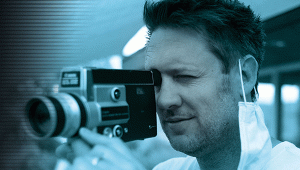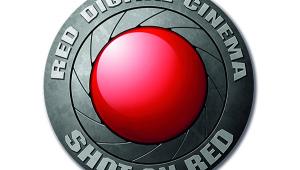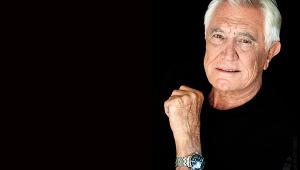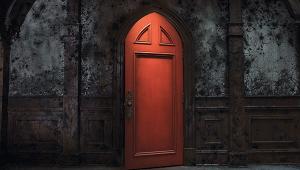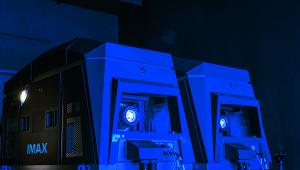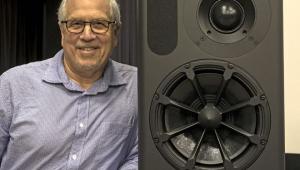The final frontier of sound
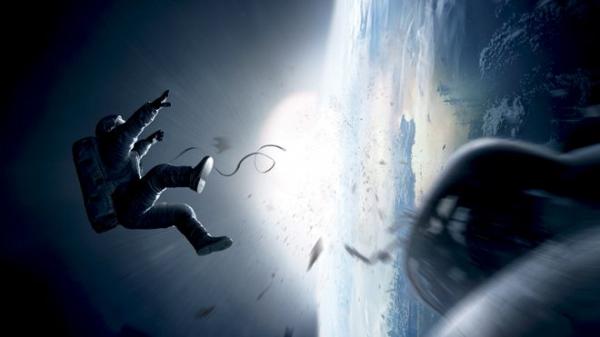
 In space no one can hear you scream. This kinda makes it difficult to construct an immersive, thrilling yet believable space-locked movie soundtrack – but that's exactly what multi-award-winning sound designer and editor Glenn Freemantle has managed with Alfonso Cuarón’s Gravity.
In space no one can hear you scream. This kinda makes it difficult to construct an immersive, thrilling yet believable space-locked movie soundtrack – but that's exactly what multi-award-winning sound designer and editor Glenn Freemantle has managed with Alfonso Cuarón’s Gravity.
The breakout theatrical hit of 2013 is not just a groundbreaking 3D extravaganza, but also one of the most inventive and rewarding audio experiences in modern cinema. But just how did Freemantle develop the sound design for the movie? To learn more, HCC met up with him following a London screening of the movie in Dolby Atmos.
Fittingly, the Dolby Atmos system is as futuristic as cinema sound gets. It allows sound designers to marry conventional channel-based audio editing with more versatile and dynamic audio object-based mixing; when every element within a scene is effectively an individual audio object, effects can be placed spatially at any point within a 360-degree soundstage. This creates a transformational difference when it comes to crafting a soundtrack, and makes for a very different listening experience. By way of comparison, a conventional channel mix, as heard in most local multiplexes and on home theatre systems, locks audio to specific channels.
Small wonder the technology has often been called 3D for your ears. The number of A-list movies with immersive Atmos soundtracks is growing steadily and includes the likes of Dawn of the Planet of The Apes, X-Men: Days of Future Past and 300: Rise of an Empire.
While Dolby Atmos doesn’t exist in any domestic incarnation just yet (HCC is aware of tentative discussions currently taking place about a consumer iteration), it can be beneficial in terms of pushing the overall sonic envelope. Indeed, the typical production workflow will see a conventional 5.1 or 7.1 mix derived from an Atmos original.
However Freemantle reveals that’s not what happened with Gravity. The Atmos sound design came after the main theatrical mix was done and dusted, he says. But he was hoping to produce an Atmos mix from the outset.
'I was lucky enough to be involved in some of the very early discussions about Atmos, when Dolby was first beginning to develop the technology,' he told us. 'I’ve always found it very exciting. So when there was an opportunity, I let them know about the Gravity project I was working on and told them it had Dolby Atmos written all over it.'

Gravity is Freemantle’s second Dolby Atmos project to see the light of day (the first being Danny Boyle's Trance), yet he became involved back in December 2010. 'Alfonso rang me up and asked if I want to get involved. He told me the movie hadn’t been shot yet but he wanted to put a concept together to show the studio.'
Freemantle was hooked on the premise from lift-off. 'Literally at that point, and at that meeting, we came up with the concept of how we were going to do the sound. It was all going to be about vibration and the sense of touch; the viewer would experience weightlessness through Sandra [Bullock]’s character, from her heartbeat to her tinnitus. That was the way we felt we could make the film much more immersive.'
Glenn says the aim was to make viewers feel as though they were in the film. Symbolic of the spinning, weightless state of its protagonists, the sound design doesn’t stop moving from the beginning of the movie to the end.
The sound design in Gravity is literally about space, Freemantle confides. 'Everything is always moving, and while we can create that design effect in a 7.1-channel mix, there isn’t a system out there that offers the same creative freedom as Dolby Atmos. With Atmos we could take our concept to a new level, and really do what we want with the film for the first time. And that’s what I hope we’ve achieved. We set about using sound to create an emotive content to pull you further into the story, to join Sandra’s journey. That’s taken to the logical extreme when at one point you share her POV from an audio-visual sense.'
Freemantle is a long-time creative collaborator of Danny Boyle, and has worked on a number of Boyle hits including the sonically sensational Slumdog Millionaire. He likens Gravity to the task he faced when constructing the audio mix for Boyle’s gruelling drama 127 Hours. 'When we started on the Gravity soundtrack we were just working with pre-visualisations, nothing had actually been shot,' he recalls. 'The entire soundtrack is actually bespoke… we created every sound you hear in the movie. It’s much like what we did on 127 Hours. Ninety-eight per cent of that movie was ADR [Automated Dialogue Replacement]; all the original recorded sound on 127 Hours was thrown away, so we had to find a way to completely recreate the sound of the canyon.'
Freemantle reveals he approaches movie sound design in terms of layers. 'When we begin to conceptualise the soundtrack of a film I like to think of elements individually – work out how one thing sounds at a time. If you try to imagine the sound of a film in its entirety right at the start it becomes a muddle, at least in my mind.'
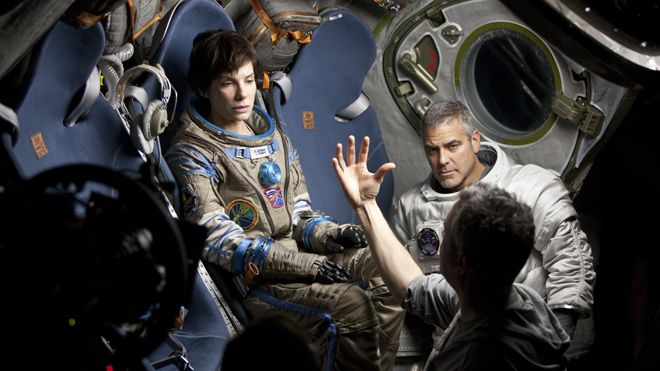
The Gravity audio mix bristles with innovation. Infrasound is used extensively, but not in a traditional way. 'Rather than employ it for big explosions in the stereotypical way, we use it more organically,' says the British audio guru. 'It literally helps you feel things.' The sound designer says that of all the aural effects created for the movie, it was the subtle tactile sound of the costumes that still gives him the greatest satisfaction. 'I think I’m most happy with the noises you hear when Sandra touches things through her gloves.'
Of course, Gravity isn’t just notable for its stunning soundtrack and amazing visual effects, it’s also been credited with restoring consumer faith in 3D. Even vehement critics of stereoscopy grudgingly admit that the film’s visual appeal is boosted by its use of depth. So did 3D influence the way Freemantle approached his sound design? 'Absolutely!' he declares. 'Knowing the movie would be seen in 3D fundamentally changed the way we mixed and positioned sound.'
However, the designer admits that during the process he only ever saw the film flat. 'But you can see where the big 3D moments are, so that’s not a problem,' he adds.
So what does a trend-setting movie sound designer listen to at home when he’s not busy redefining the sonics of cinema? Is a soundbar the order of the day? Hardly. Glenn confesses he enjoys a full-blown 7.1 home theatre. 'I’ve just installed some new Harman Kardon equipment,' he enthuses. 'Obviously I need it for work, but it’s great for sport as well…'
 |
Home Cinema Choice #351 is on sale now, featuring: Samsung S95D flagship OLED TV; Ascendo loudspeakers; Pioneer VSA-LX805 AV receiver; UST projector roundup; 2024’s summer movies; Conan 4K; and more
|


